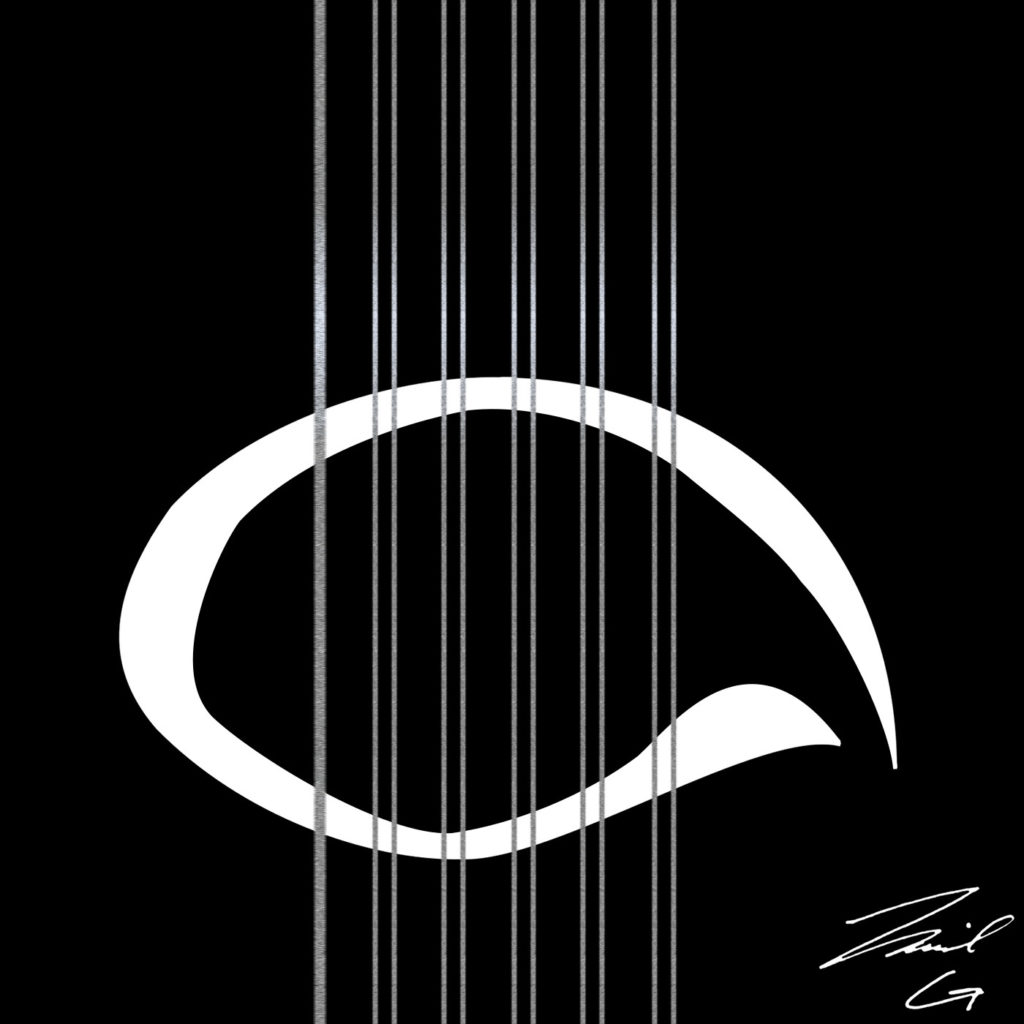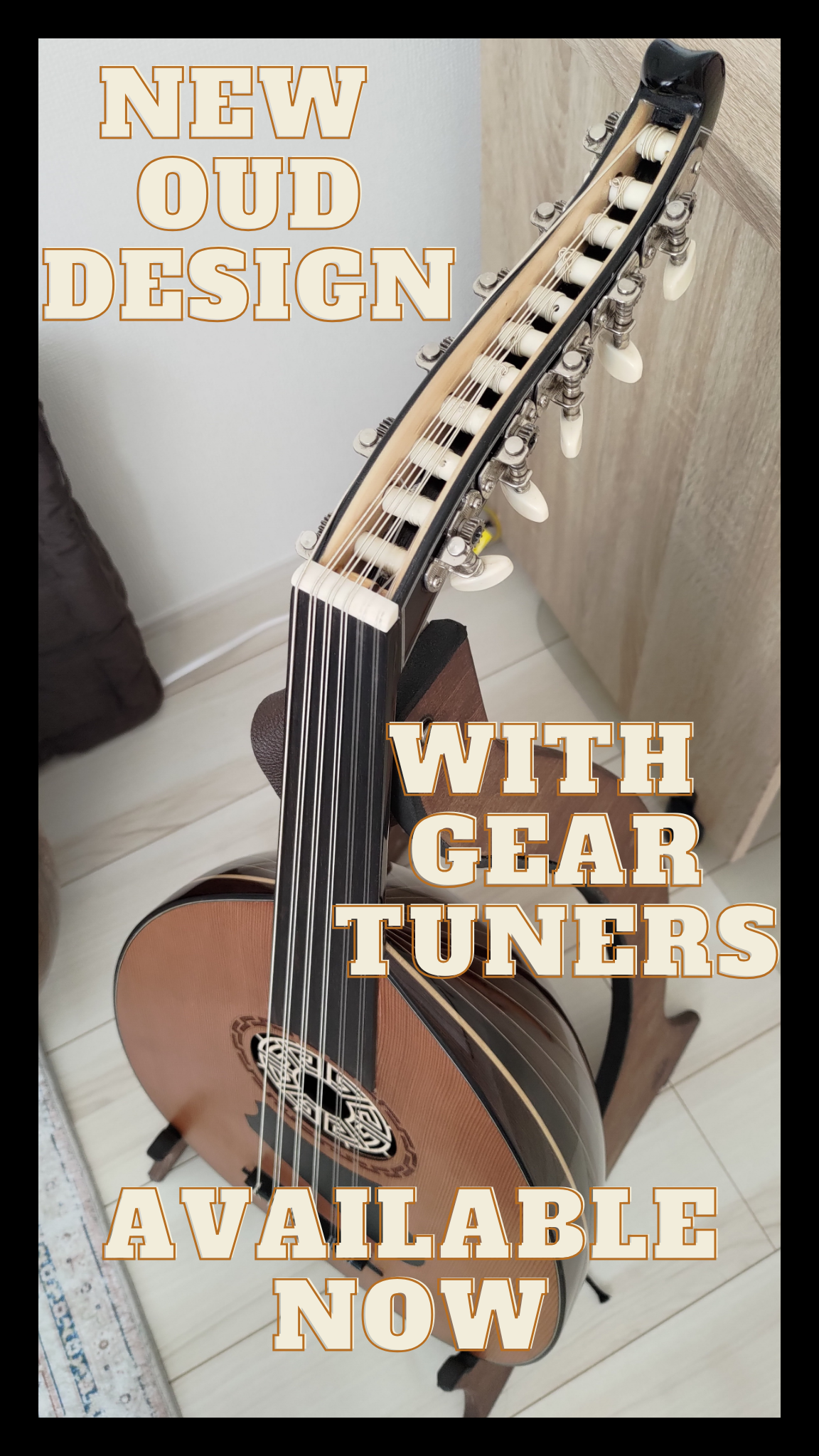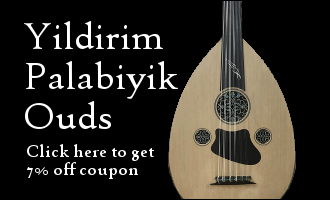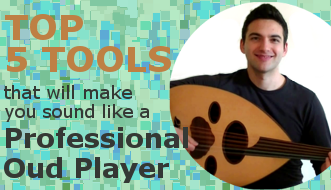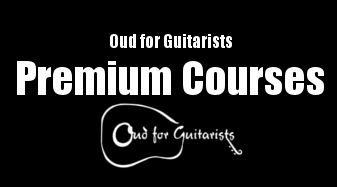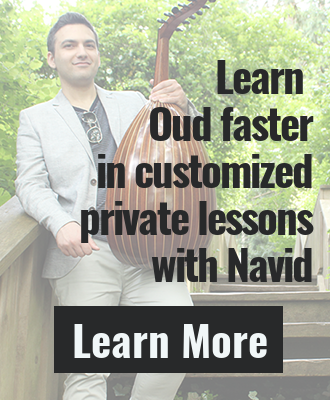I’m sure you’ve heard it before… especially when you ask…
“What’s the best way to learn maqams?” or “How do you learn how to play a taqasim?”
Typical answer:
“You have to listen to middle eastern music a lot.”
Or sometimes… you might think or say to yourself…
“It’s hard to learn because I didn’t grow up in a middle eastern background.”
“Middle eastern people have an advantage over westerners, I’m never going to get as good!”
Well…
IT’S. JUST. NOT. TRUE!
Don’t believe me? Well, I’ve never even been to Iran… But I become a proficient in Persian music by learning completely in Canada.
Yes, it did take a lot of listening. But it takes a certain type of listening.
I’m talking about ACTIVE listening versus PASSIVE listening.
Active Listening
Active listening is when you are actually actively engaged and interacting with what you’re listening to.
Here are a few ways you can start active listening today and vastly improve your natural internalization of maqams, musicality, and rhythm.
1. Jam along with your favourite records – Put on a record of one of your favourite Oud tunes which you know really well, and play along with it. You’ll start to hear the differences between the way YOU play it, and the way another musician plays it. You can then slowly start to borrow from them.
2. Transcribe your favourite Oud taqsim – Rip your favourite Oud taqsim to mp3 and play it through The Amazing Slow Downer app. Then transcribe it, or try to figure it out on the Oud. I don’t do this as often as I should, but it’s a great exercise for your brain and your ears.
3. Learn a song by ear – You’ll hear people tell you that YOU HAVE to learn how to read music or you won’t be a good musician. Not true. In middle eastern music, it only gets half the job done. At best, it’s just a learning aid. It just helps you learn a song faster. Don’t rely on it.
Next post we’ll go into this a little deeper. You’ll hear a story about my experience with this and how I learned ear training. You’ll find out what your voice has do with this.
You’ll also learn a huge tip that will greatly increase the efficiency of your active listening.
Sign up to get on the mailing list.
Navid

